Feeling Seen on Screen: Why Australian Teen TV is So Important
Jenna Guillaume
14 Aug 2019
The Drazic effect
If you say the name “Drazic” to Australians of a certain age, their eyes will immediately light up with recognition. They might even swoon a little. The bad boy of Heartbreak High and his eyebrow ring are indelibly imprinted on the psyches of a whole generation of Aussies who came of age in the ‘90s. You either wanted him, or you wanted to be him (if the pierced brows of half the boys I went to school with were anything to go by).
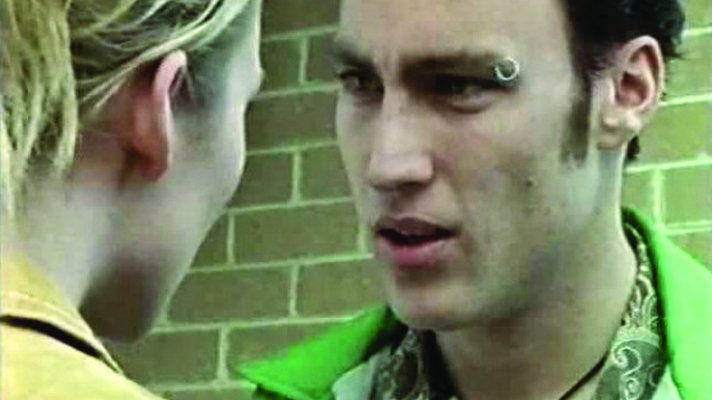
Twenty years later, he lingers on in our hearts and minds. I, for one, have long forgotten how to do long division (I’m a writer, don’t @ me), but I could still give you a detailed rundown of Drazic and Anita’s tumultuous relationship. And when Callan Mulvey, the actor who played him, pops up in an Avengers movie, I’m compelled to whisper “Drazic!” out loud in the same way you can’t help but shout out “horses!” if you pass them on a long road trip.
But it’s not just the character himself that has stuck. It’s what he represents. He’s emblematic of Heartbreak High itself, a show that is perhaps the most impactful teen drama Australia has ever produced. Watching it was basically a rite of passage. If Drazic wasn’t your cup of tea, there was someone for you. Someone you had a crush on, someone you wanted to be friends with – someone who felt just like you.
Feeling seen on screen
Spanning six years and seven whole seasons, Heartbreak High featured an incredibly diverse cast (or casts, rather, with a “second generation” coming into the show at the halfway point). Based on the movie The Heartbreak Kid, and the play of the same name, an exploration of the migrant experience and multiculturalism in Australia were built into the DNA of the show.
It wasn’t perfect, but the early seasons in particular (which were actually pre-Drazic) represented Australia – the Australia I knew – far better than anything else on TV at that time, and arguably since. The kids were working class, their parents worked night shifts, their teachers were over it, their classes were rowdy, fights broke out at lunch, people said “deadset” and “knobhead” and “mate”. Some of the students even had pimples. It was a heightened reality, sure, but it was still reality.
It was a far cry from the hyper-articulate, glossy and very, very American teen shows of the same era. While I loved the likes of Beverly Hills 90210, Dawson’s Creek and Party of Five, they existed as almost fantasy worlds that bore very little resemblance to my own. Sure, they represented all the angst and the crushes and the FEELINGS I was experiencing, but the context for them was so unattainable I couldn’t entirely relate to them. Not like I could with the characters of Heartbreak High. They themselves were older and cooler than I was, but they still offered me something the other shows couldn’t. A small part of my world, right there on the screen.
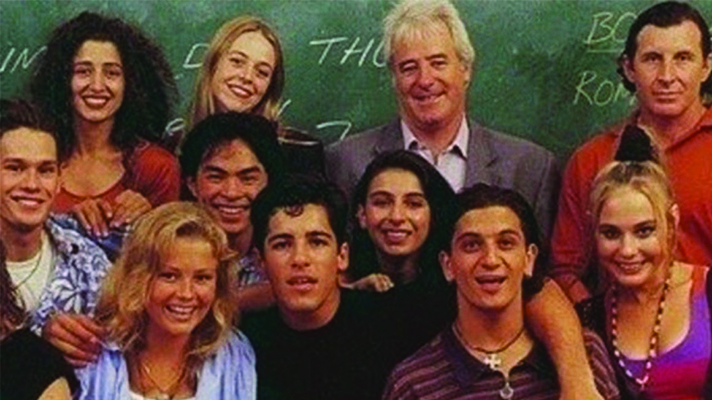
Seeing yourself represented in a story you love can be a life-changing experience. It makes you sit up and feel noticed; ultimately less alone and less afraid. Finding characters and stories you relate to as a teenager especially can be vital for navigating what are some of the most intense years of your life. From such shows, you can learn about the world, about your own feelings and how to process them, about who you are and what you like and what you want, all from the comfort and safety of your own home. They don’t form a complete education, of course, but they’re a part of it.
It’s why nostalgia is so potent, and why we still remember those characters and stories long after we’ve last consumed them. It’s why Drazic is still Drazic. When you connect with something at a young age, it’s quite literally formative. It gets under your skin and wraps itself up in your heart and becomes a part of your very identity.
Ready for more heartbreak
I feel lucky, looking back, that when I became too old for the likes of Lift Off! and Round the Twist, I was able to graduate to Heartbreak High. Because ever since the show ended in 1999, there hasn’t been anything quite like it. There have been some brilliant Australian teen shows, don’t get me wrong, but nothing that has struck the same chord or had the same impact as a contemporary ensemble piece about ordinary teens at an ordinary school.
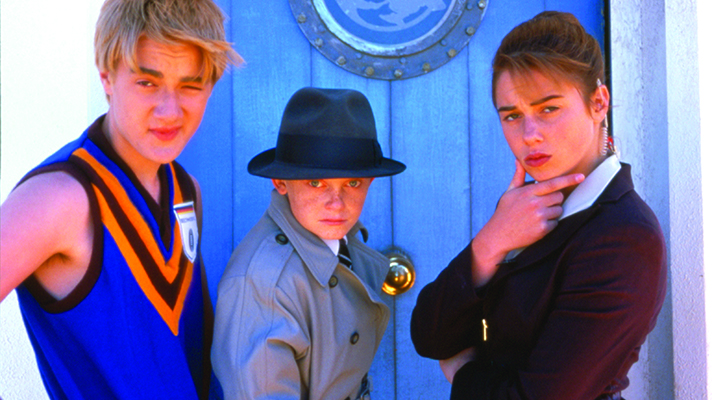 ROUND THE TWIST
ROUND THE TWIST
There’s certainly nothing like it on TV now. Current shows that are aimed at teens tend to skew to the younger end of adolescence. Since kids typically prefer watching shows about characters slightly older than them – not younger – it feels like once they turn 13, there’s nothing that’s being made specifically for them.
It’s not that there isn’t an appetite for such content. You just have to look at the popularity of shows like 13 Reasons Why and Riverdale to see the hunger for contemporary teen television here in Australia. And while those shows are fronted by Antipodeans (Katherine Langford and KJ Apa, respectively) – just as a plethora of shows from The CW are – those actors have had to shed their native accents and inhabit the alien world that is American TV high schools.
US imports will always have a place in the Australian pop culture landscape, but Aussie teens deserve shows that are purely theirs, too. They deserve to see their world reflected back to them, and to feel seen and heard by what’s on their screens.
They deserve a Drazic of their very own.
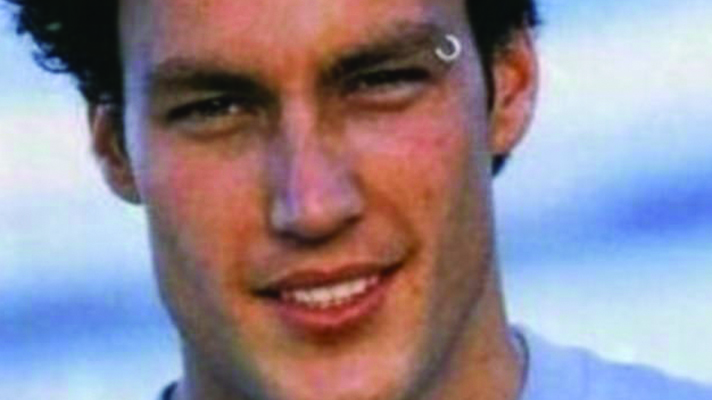
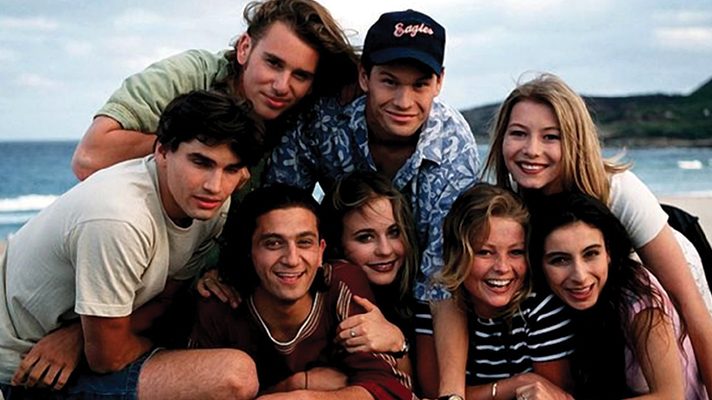

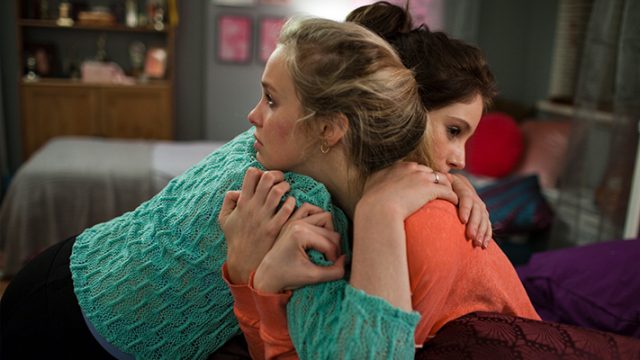
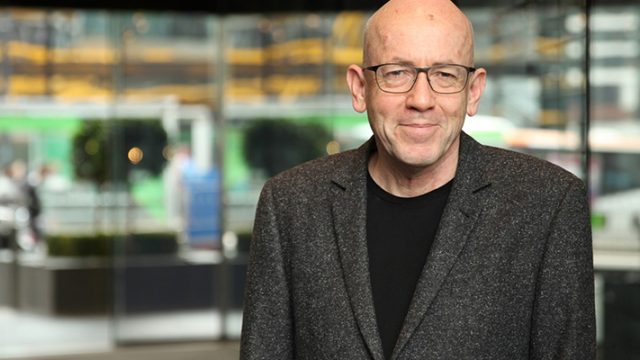

Comments
Comments for this post are open.